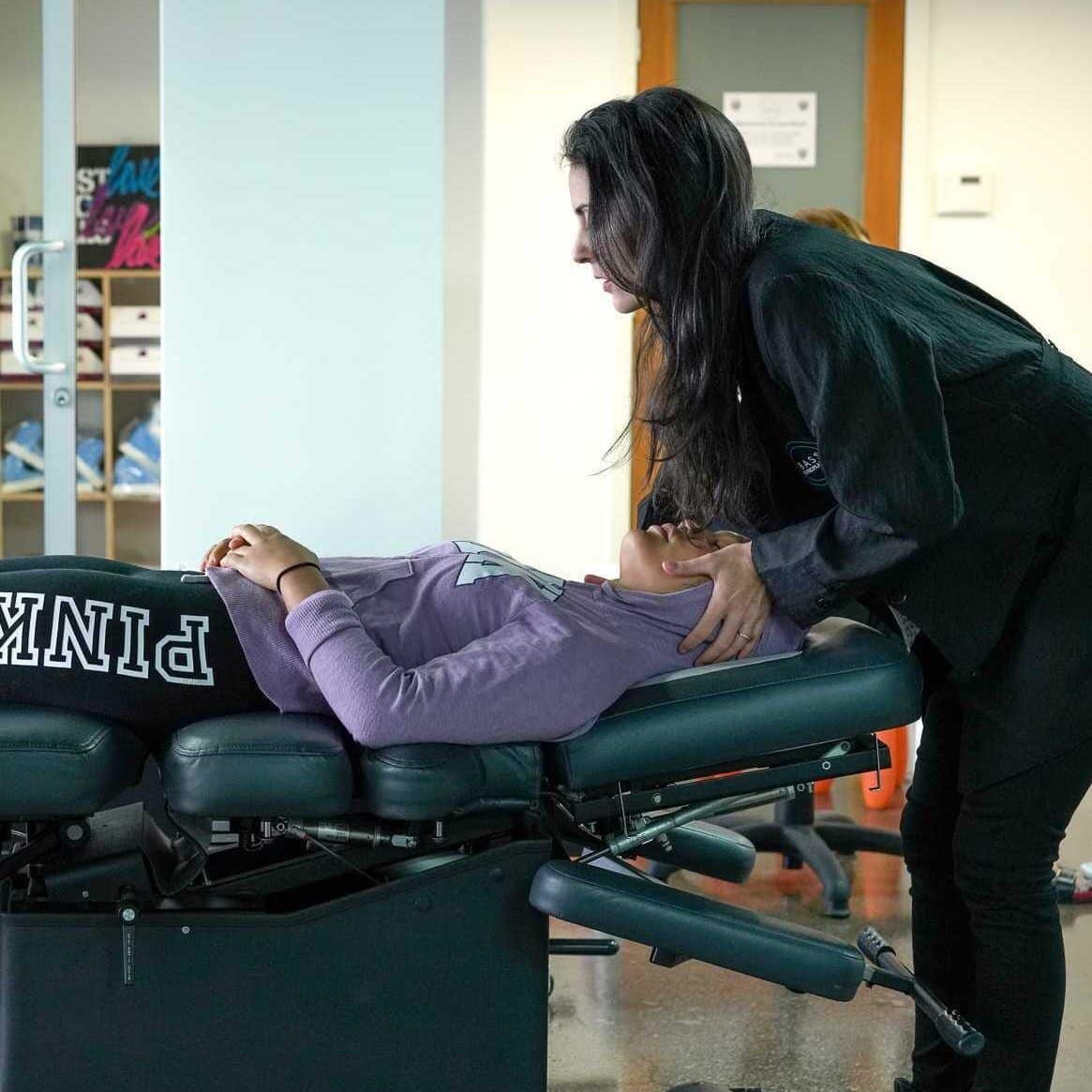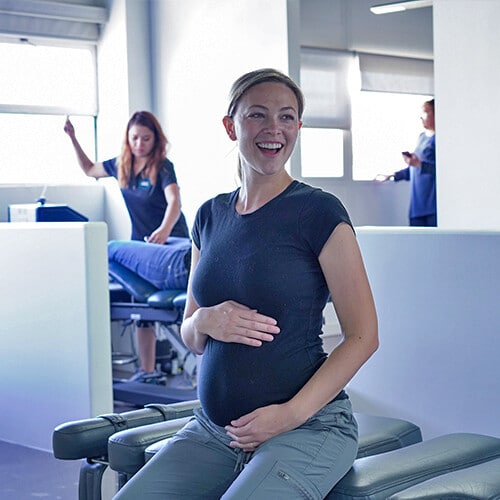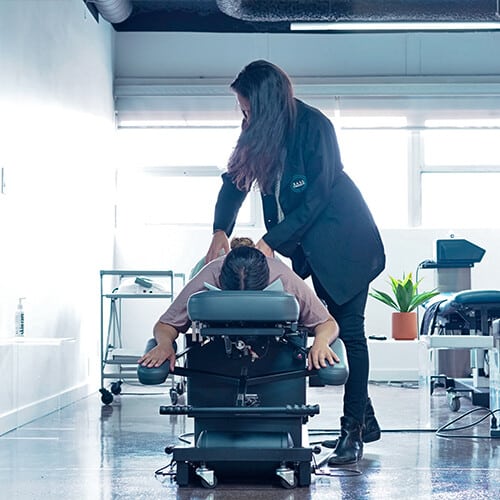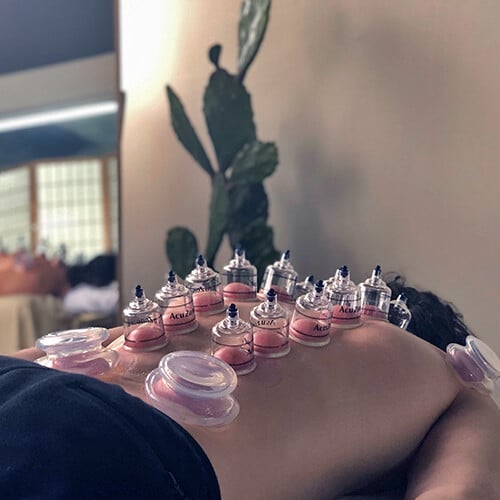LIFETIME WELLNESS
Being healthy shouldn’t feel like you’re missing out. Living a healthy lifestyle should feel fun, joyful, nourishing and liberating! Lifetime wellness starts with creating healthy habits that nurture and inspire you on the daily. The Bass Chiropractic team provides you with expert advice, empowerment, inspiration, and encouragement to keep you on track for your long-term health goals. Because it’s so much more than chiropractic – it’s about living in alignment with the highest and best version of yourself – mind, body and spirit.







